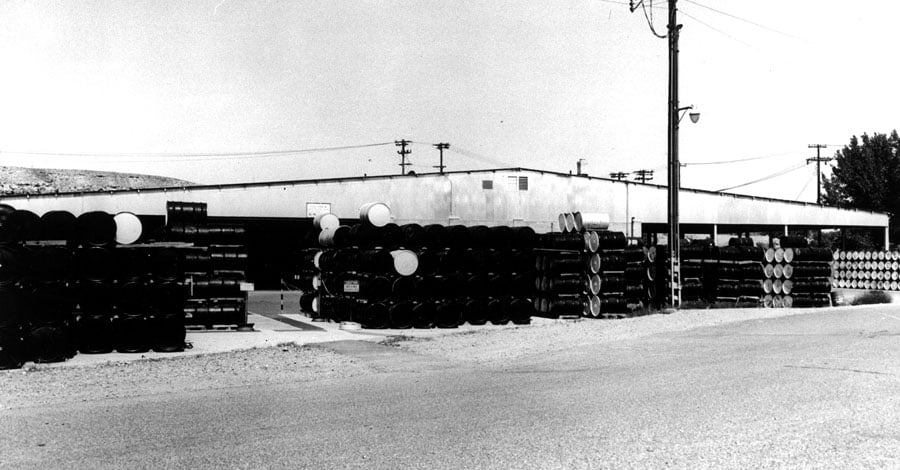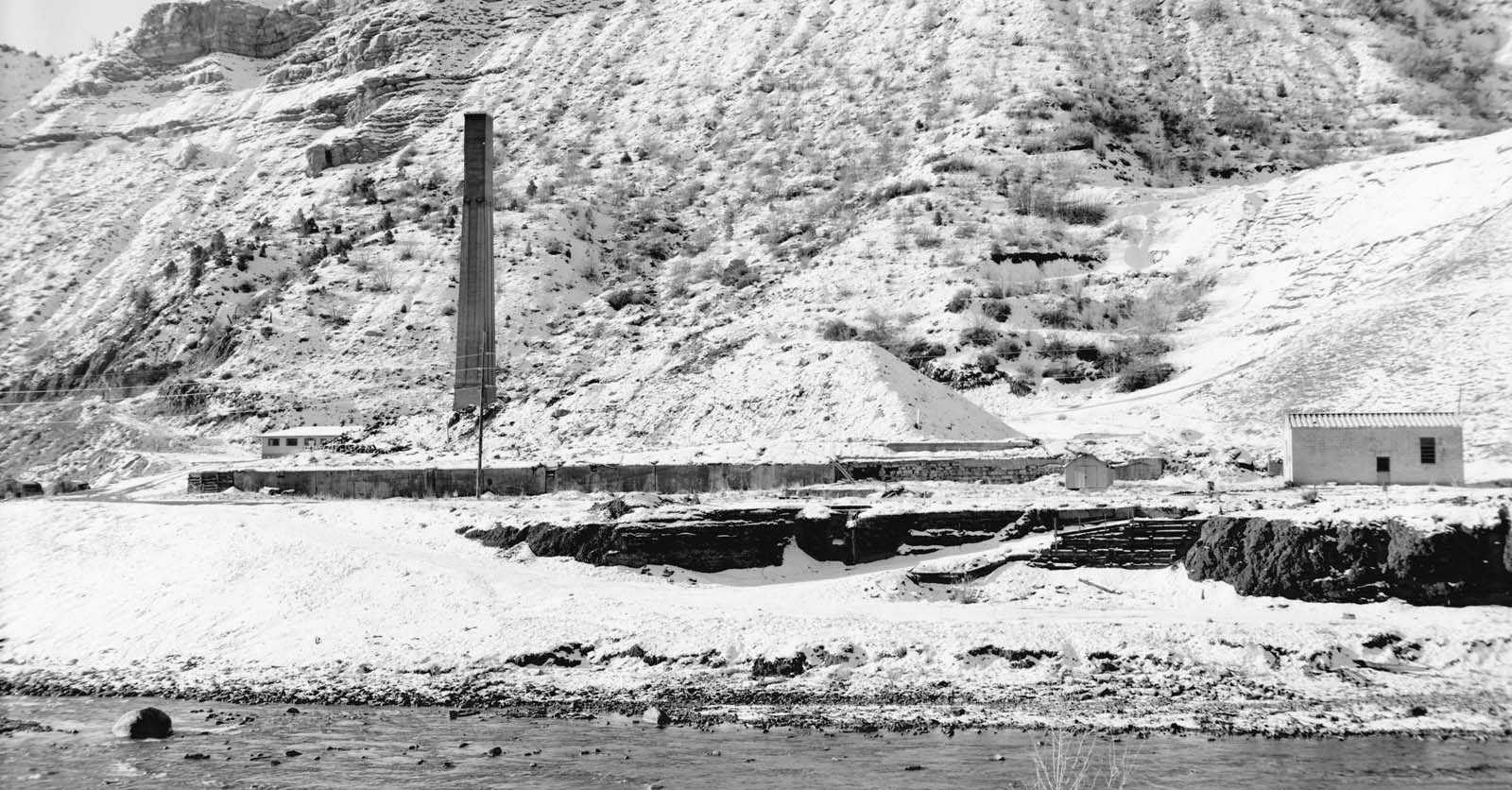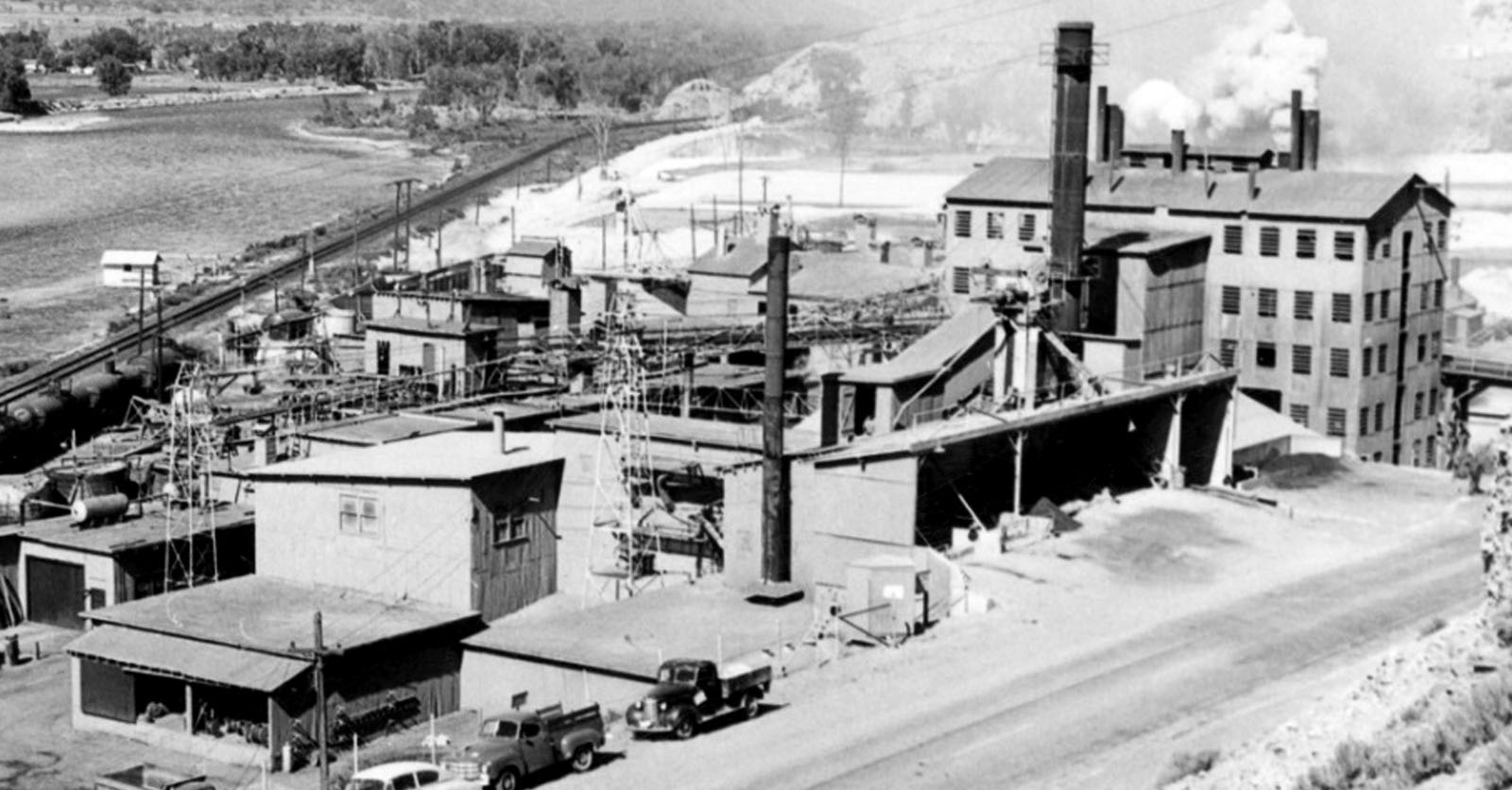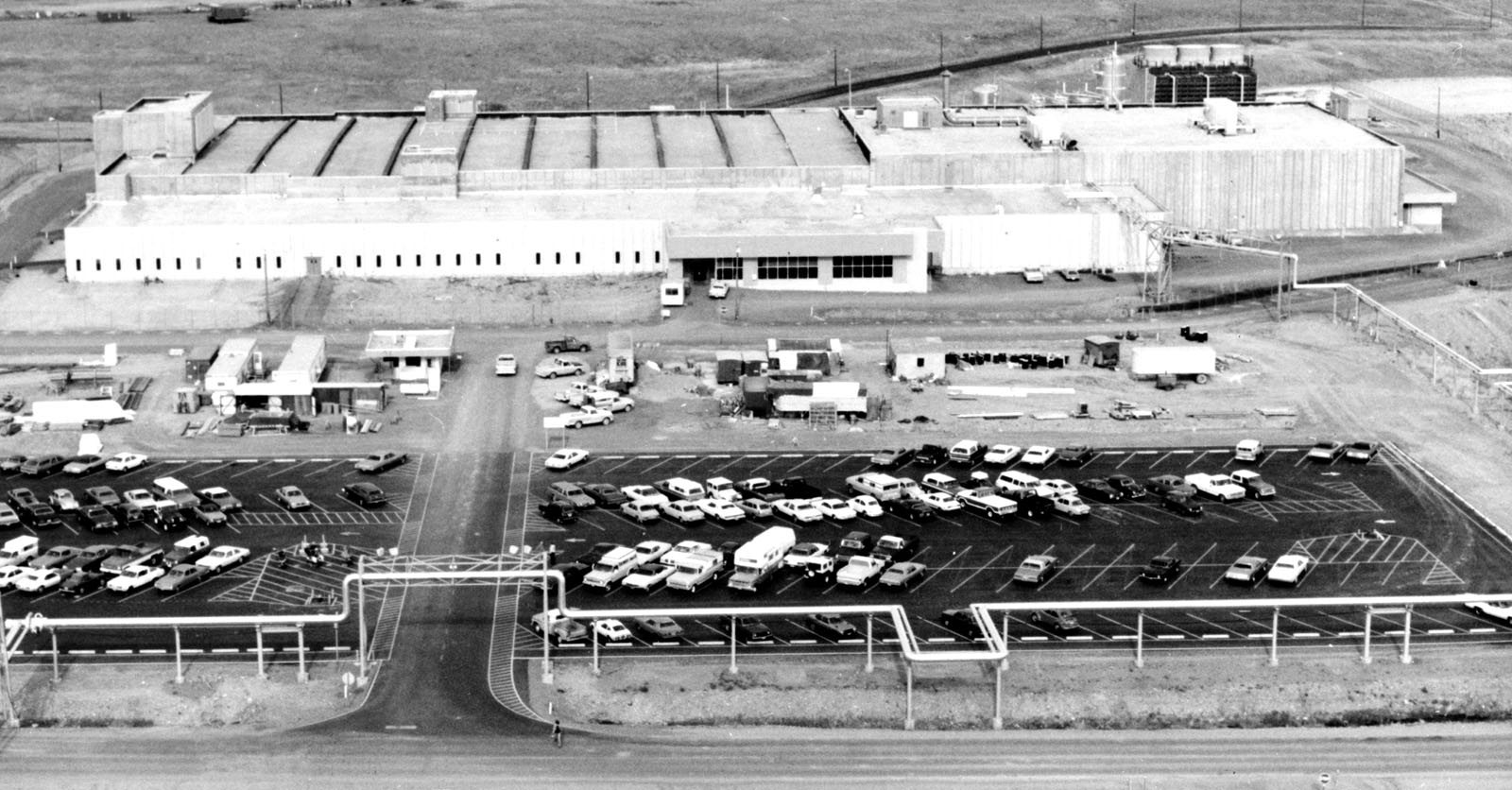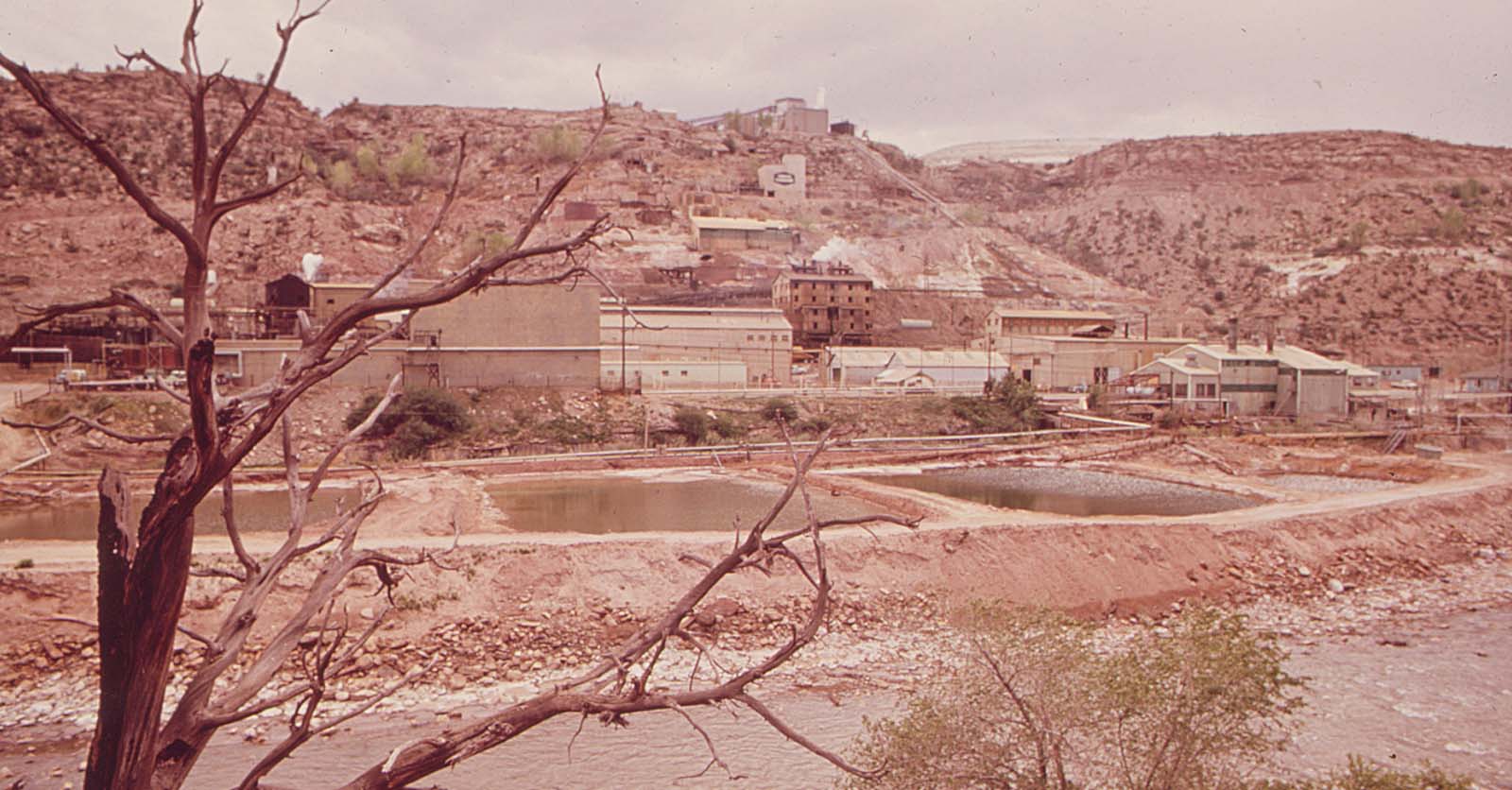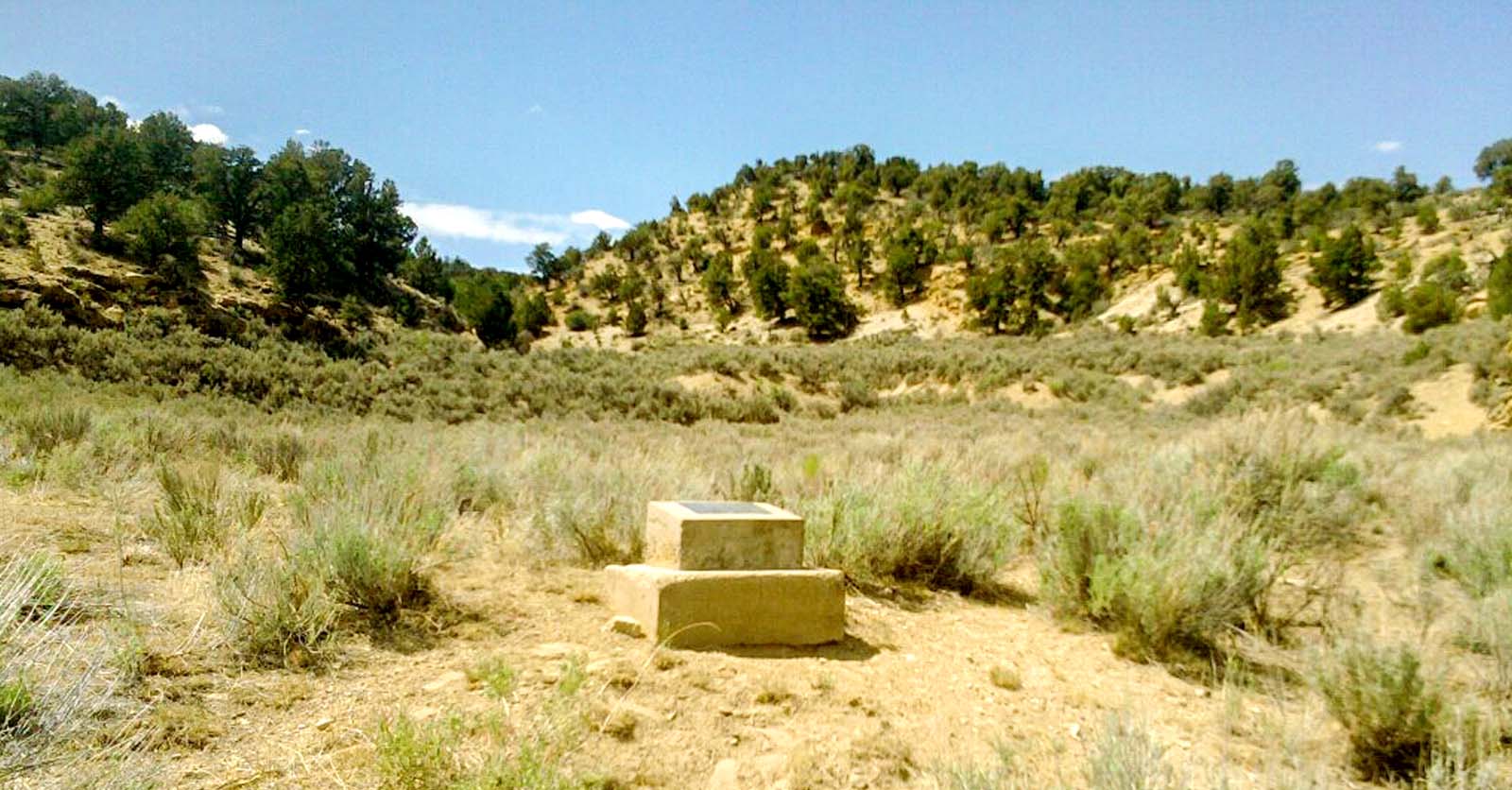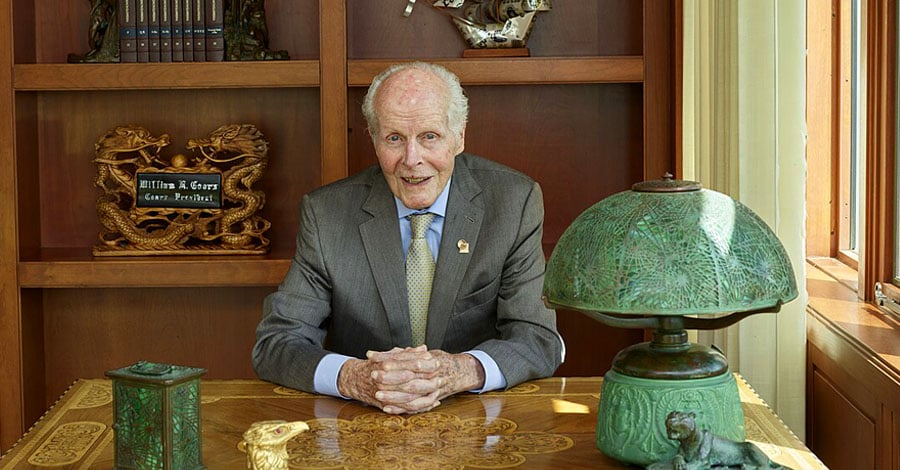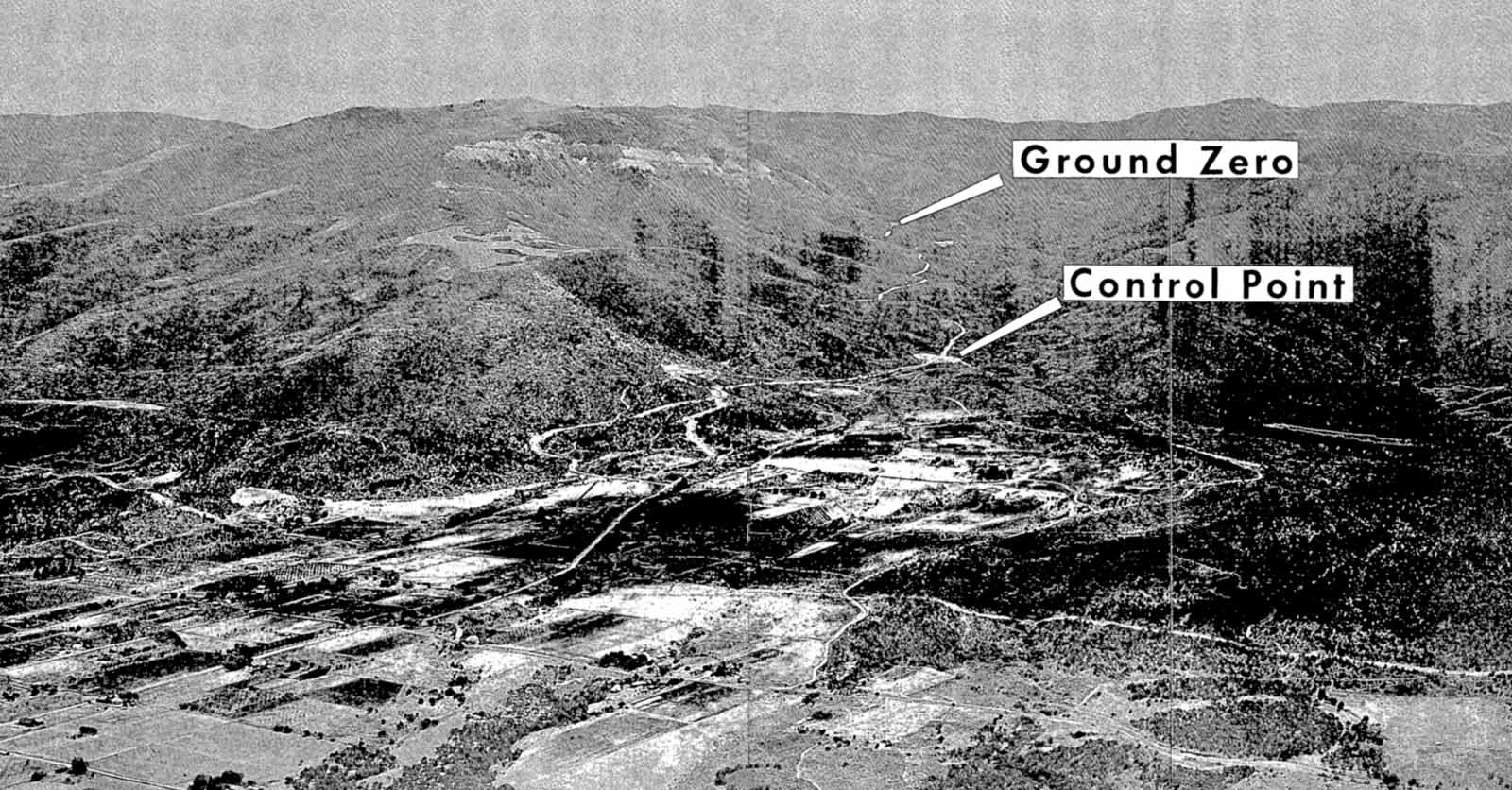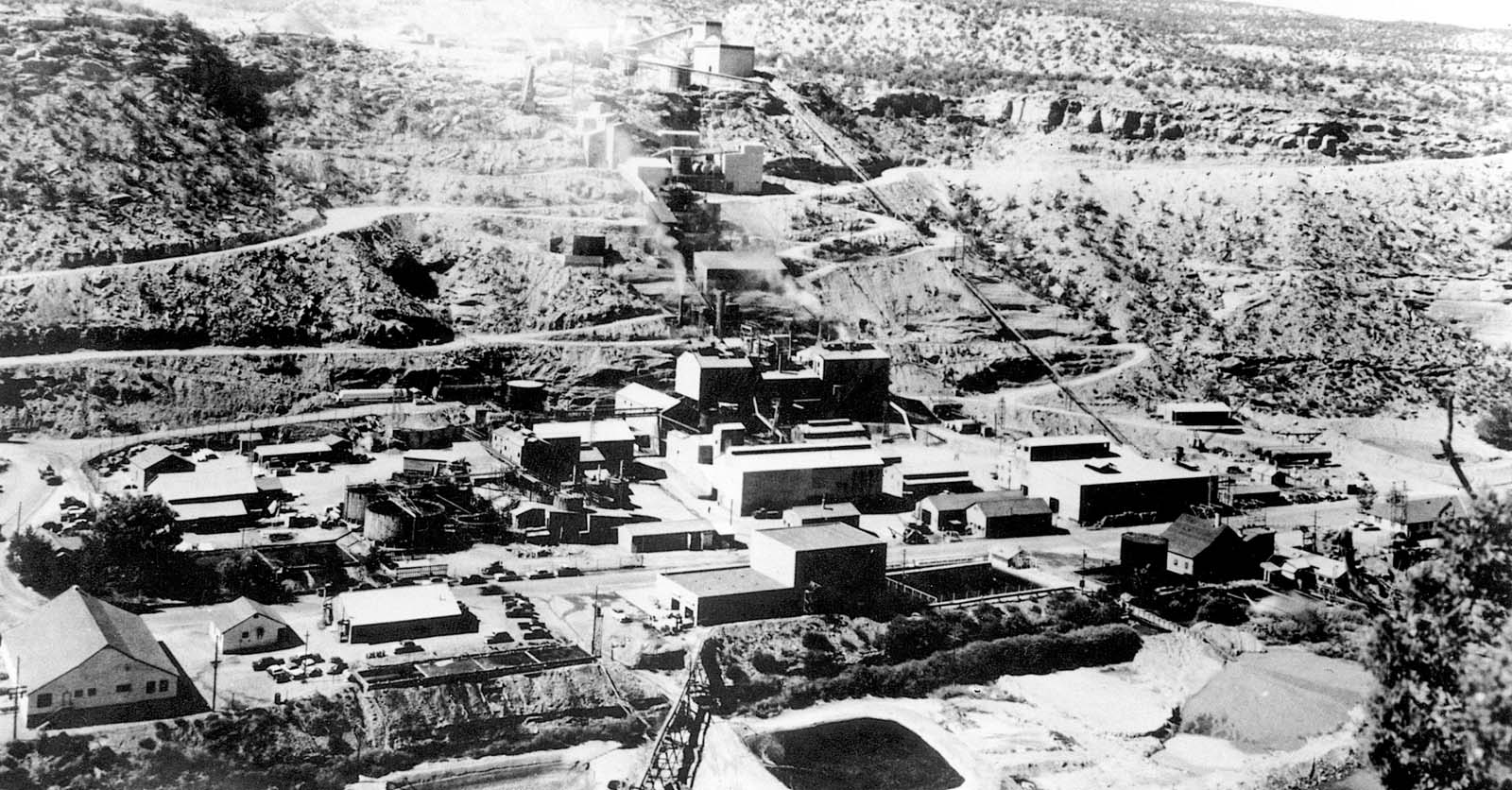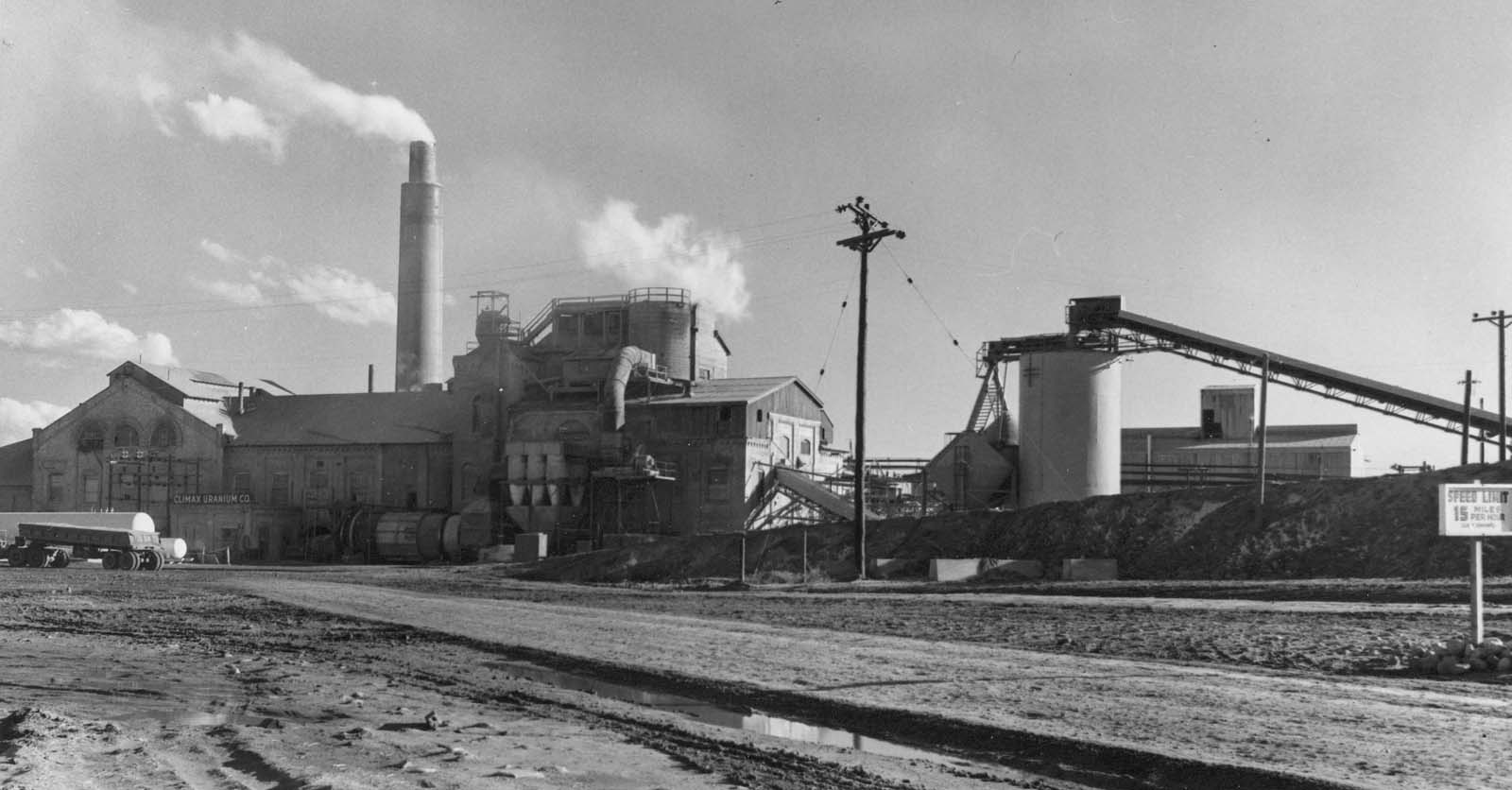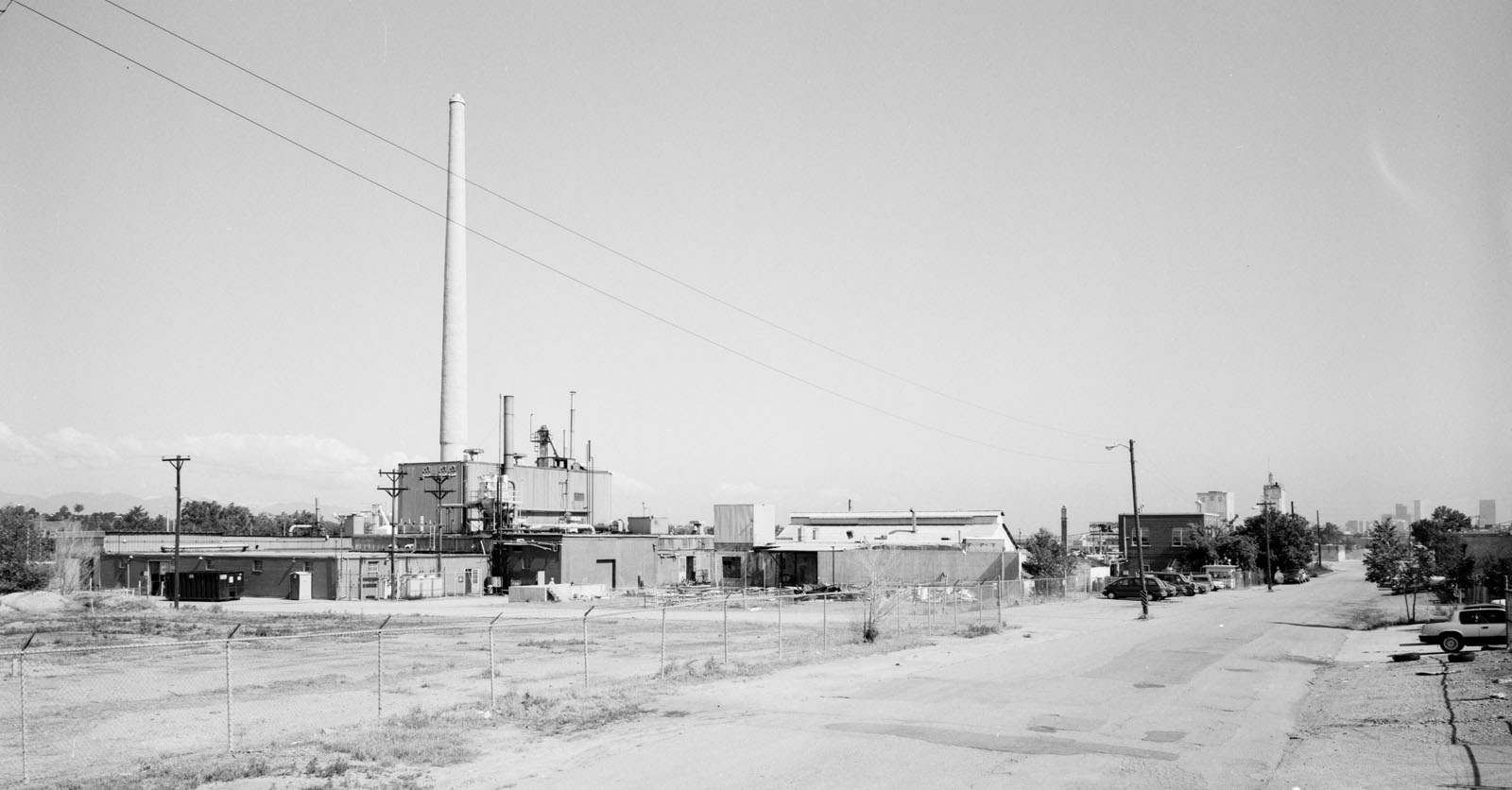2 min read
Denver Research Institute: Approved for EEOICPA benefits
![]() Trusted Ally Staff
:
May 9, 2025 10:25:21 AM
Trusted Ally Staff
:
May 9, 2025 10:25:21 AM
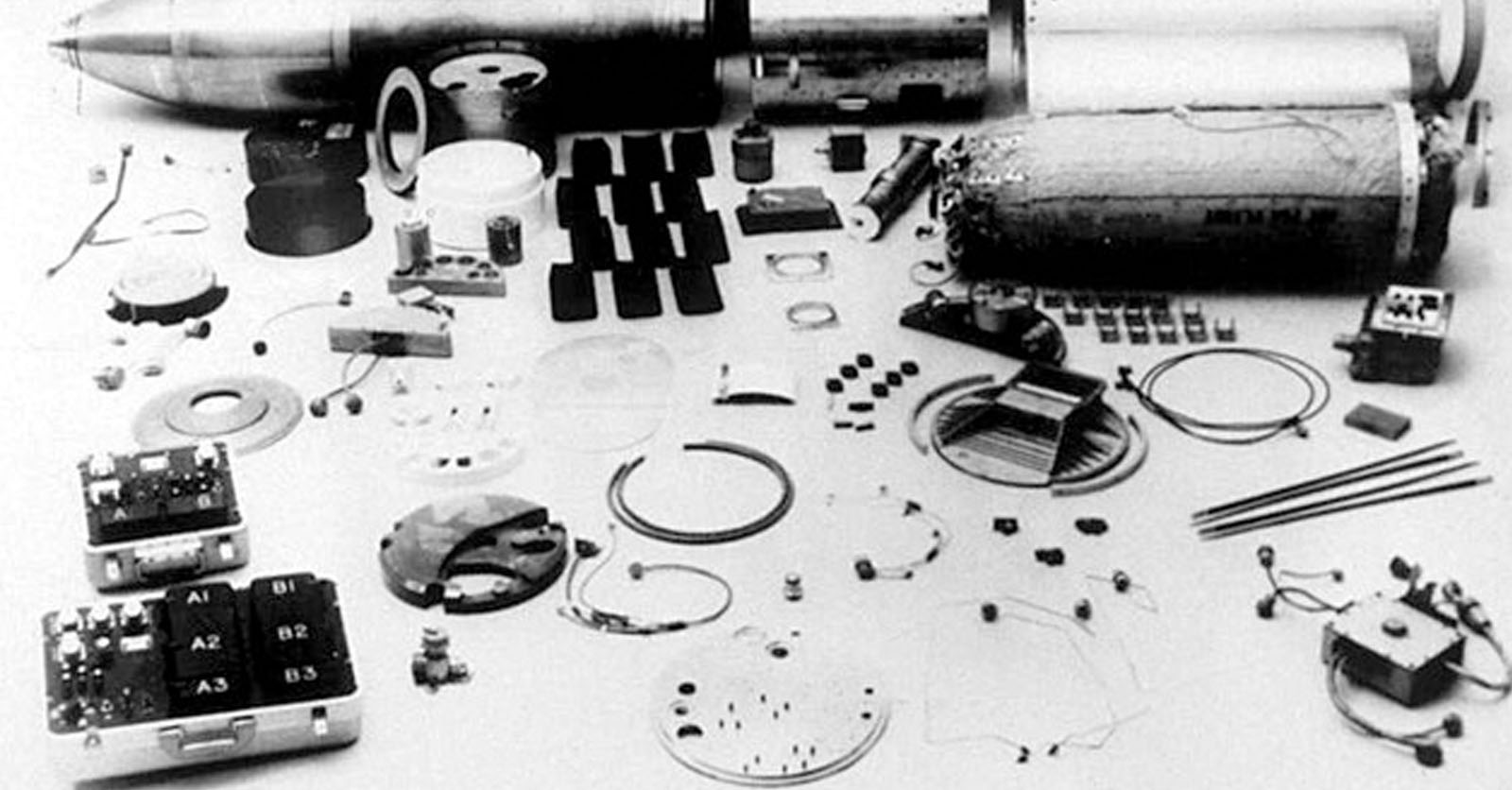
Subscribe to Trusted Ally News
The University of Denver Research Institute played a hidden role in the nuclear weapons program
While the University of Denver is widely known for its academic excellence, few people realize that its Denver Research Institute (DRI) division played a role in the U.S. nuclear weapons program. Behind closed lab doors and classified contracts, DRI scientists and technicians worked on cutting-edge defense technologies during the Cold War.
A brief history of the Denver Research Institute
Established in 1942 as a part of the University of Denver, the Denver Research Institute was created to serve as a center for applied research in science and engineering. By the 1950s and into the 1980s, DRI had entered into numerous contracts with the U.S. Department of Energy (DOE) and its predecessor, the Atomic Energy Commission (AEC).
During this time, DRI conducted classified research related to:
-
Nuclear weapons components
-
Radiation shielding
-
Nuclear material testing
-
Weapons effects studies
Although the University of Denver itself is not a weapons facility, DRI operated in collaboration with other nuclear sites, including Rocky Flats and Los Alamos National Laboratory, playing a behind-the-scenes role in the development and testing of nuclear technologies.
Key timeframes
DRI began participating in the U.S. nuclear weapons program as early as the 1950s and continued this work through the Cold War era into the 1980s.
-
1950s–1960s: DRI began receiving contracts from the AEC to perform research related to nuclear weapons, including studies on materials behavior, radiation shielding, and weapons effects.
-
1970s–1980s: DRI continued its classified work under the DOE, collaborating with key nuclear facilities.
Adverse health effects among workers
Many DRI employees worked with radioactive materials and toxic chemicals in laboratory settings, often under tight security and secrecy. In those early decades, workplace safety standards were far less stringent than they are today and protective equipment, ventilation, and contamination monitoring were often inadequate or completely absent.
Known and suspected health risks include:
-
Radiation-related cancers (lung, bone, thyroid, etc.)
-
Chronic beryllium disease (CBD) – a life-threatening lung condition
-
Liver and kidney damage from chemical exposure
-
Neurological and immune system disorders
-
Respiratory diseases linked to airborne toxins and metals
In many cases, employees were not informed of the full scope of their exposure. Some began experiencing symptoms years later, without knowing the cause was tied to their work at DRI.
A note about this facility
Because much of DRI’s work was performed under classified government contracts, detailed records are limited. However, the U.S. Department of Labor (DOL) has officially recognized DRI as a covered facility under the EEOICPA White Card Program, confirming its involvement in nuclear weapons-related activities during that period. However, only one claim has been submitted to the DOL and it was denied.
Approved for EEOICPA White Card benefits
The Denver Research Institute is an approved site for The Energy Employees Occupational Illness Compensation Program or the EEOICPA White Card Program.
As of May 2025, Denver Research Institute workers have not received any compensation in EEOICPA settlements and medical bills paid as mentioned above in our note. But that doesn't mean it's not possible. If you or someone you know worked here during the key timeframes, let us check into qualification.
Let us check if you or a loved one qualifies for up to $400,000 plus free medical care in the comfort of home.
Your pathway to care starts with Trusted Ally Home Care. Get started today and let us guide you through the process of receiving the care you or a loved one deserves.






